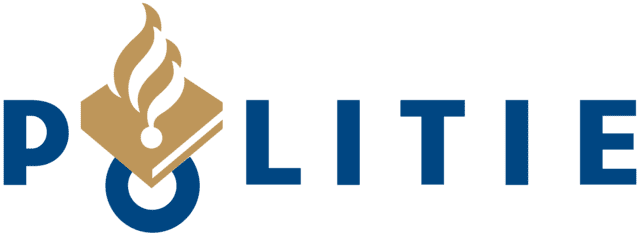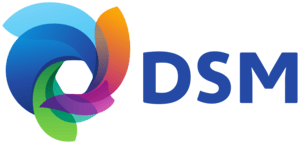To create support, we advocate that you should not limit D&I to isolated initiatives, but instead make it part of how the organisation thinks and acts. You use the right tools and the right people have received the training that is suitable for them.
But then the questions arise: What are the benefits? Does it really work? And what now?
That is what the third cornerstone of the buy-in model is all about. Not just applying, but also measuring. Not just making an effort, but also learning and adjusting.
Measuring is understanding
When it comes to measuring, people tend to think ticking boxes and (opinions about) results – but measuring is not a control tool at all. It is an opportunity to understand what is going on and to reveal what normally remains invisible. Measuring adds nuance to conversations that would otherwise quickly become black and white. It shows you what works, for whom it works and, just as importantly, what your next step should be.
What you measure, you can control
Without measuring, you do things based on gut feeling, assumptions and conviction. This makes it difficult to adjust your approach, which in turn makes your approach vulnerable. By measuring where you stand, where you encounter friction and what actually works, you give direction to what you do. It turns D&I policies from a collection of separate efforts into a coherent plan. Clear KPIs help with this: they provide direction and demonstrate commitment.
A real-life example:
At a large government institution with which we had the privilege of working, an internal survey revealed that 8% of employees felt systematically excluded, and 2% even felt bullied. The organisation decided to set concrete targets: within three years, the percentage of 8% had to be reduced to below 5%, and bullying had to be reduced to 0%. Such KPIs can be monitored.
Measuring strengthens engagement
When people notice that their experiences and suggestions are taken seriously, it leads to changes and, in turn, increased trust. With that trust, people will be more willing to contribute. You want to maintain that flywheel effect. The opposite is equally true: if you collect feedback but do nothing with the input you gathered, you create frustration and lose support. You need to avoid that, because D&I is something we do together.
From measurement to responsibility
When you measure, you show that D&I is not just a matter of ideals, but of choices. It forces you to take responsibility for what you do, what you fail to do, and what that means for the people in your organisation. Not measuring means not knowing, but also: not adjusting, not growing, and ultimately not supporting what you yourself have started.
An organisation that takes D&I seriously also dares to look at itself critically. Not to judge, but to learn. Not to be perfect, but to remain visible and approachable.
Next step: the buy-in scan
In the next and final blog, we will show how all the pillars come together: anchoring, application, and measuring & adjusting as a unified model for sustainable buy-in. And we will share the buy-in scan so that you can immediately test how your organisation scores within the dimensions of the buy-in model and how you can grow in this area!
Update: the buy-in scan is now available!
The buy-in scan: where does your organisation stand?
Now the question: how does your organisation score in these three areas? The buy-in scan helps you discover that in 26 short questions and is specifically developed for D&I officers.
What you get:
- A directional report with your current D&I buy-in score.
- Identification of risks and opportunities
- Shared language to be able to work concretely on D&I
- Opportunity for a free consultation with suggestions for your score and personal situation







